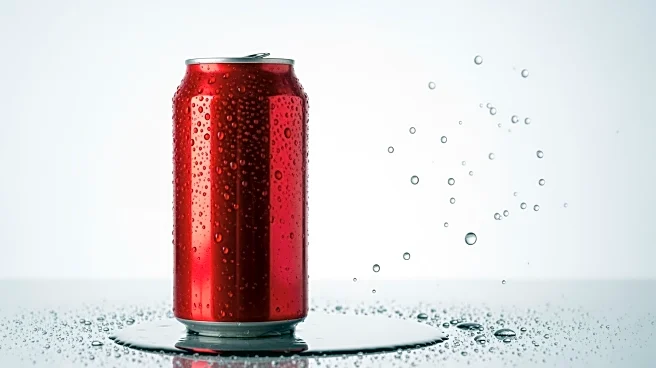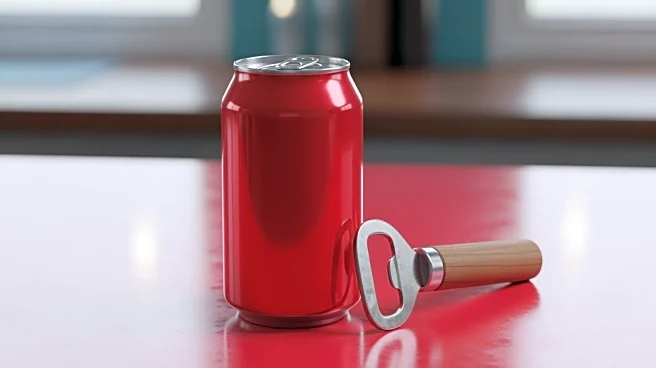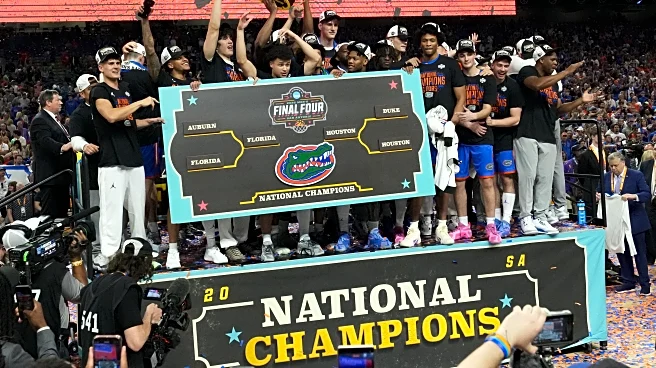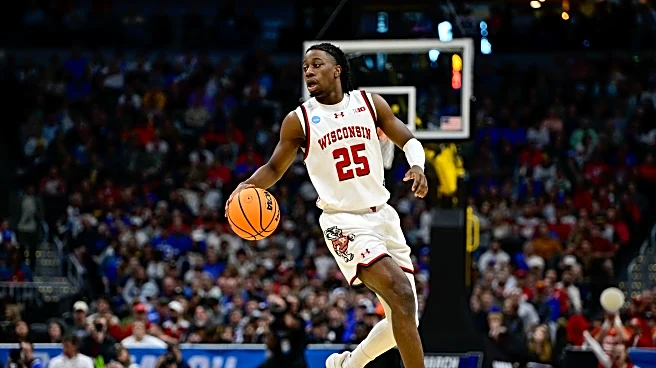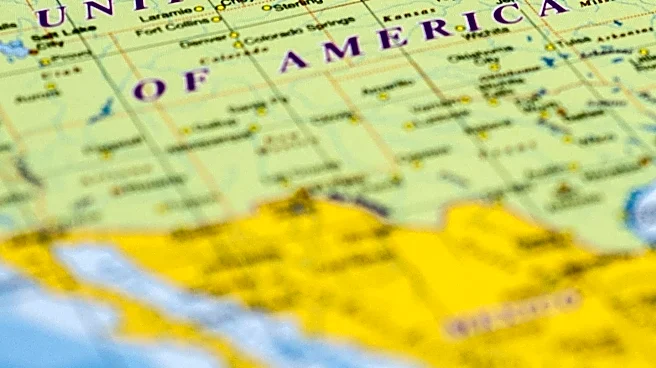What's Happening?
The Coca-Cola Company has announced the reintroduction of Mr. Pibb, a soft drink that was discontinued in 2001 in favor of Pibb Xtra. The rebranded Mr. Pibb will feature 30% more caffeine than its predecessor
and will be marketed with a new slogan, 'Bold Kick of Cherry,' highlighting its intense sweet cherry flavor with hints of caramel and a spicy finish. Initially, Mr. Pibb and Mr. Pibb Zero Sugar will be available in select markets, including Florida, Chicago, Las Vegas, Michigan, and California, with a national rollout planned for early 2026. The drink will be offered in various packaging options, including 12-ounce 12 packs, 20-ounce bottles, and 2-liter bottles.
Why It's Important?
The reintroduction of Mr. Pibb signifies Coca-Cola's strategic move to capture a niche market segment that values nostalgia and unique flavor profiles. By reviving a brand with a dedicated fan base, Coca-Cola aims to strengthen its position in the competitive soft drink market, which is increasingly focused on offering diverse and innovative products. The addition of more caffeine and sugar in Mr. Pibb could appeal to consumers seeking a bolder taste experience. This move may also influence competitors to revisit and potentially revive their own discontinued products, thereby intensifying market competition.
What's Next?
As Coca-Cola prepares for the national rollout of Mr. Pibb in early 2026, the company will likely monitor consumer response in the initial markets to refine its marketing strategy. The success of Mr. Pibb could lead to further product innovations or reintroductions of other discontinued brands. Additionally, Coca-Cola may face reactions from health-conscious consumers and advocacy groups due to the increased caffeine and sugar content, prompting discussions on product labeling and marketing practices.
Beyond the Headlines
The revival of Mr. Pibb highlights a broader trend in the beverage industry where companies leverage nostalgia to reconnect with consumers. This strategy not only taps into emotional connections but also serves as a testbed for gauging consumer interest in retro products. The move could spark a cultural shift, encouraging other brands to explore their archives for potential relaunches, thereby reshaping the landscape of consumer preferences and brand loyalty.
